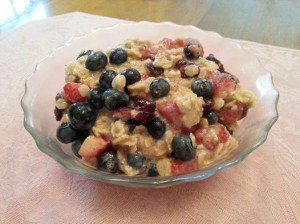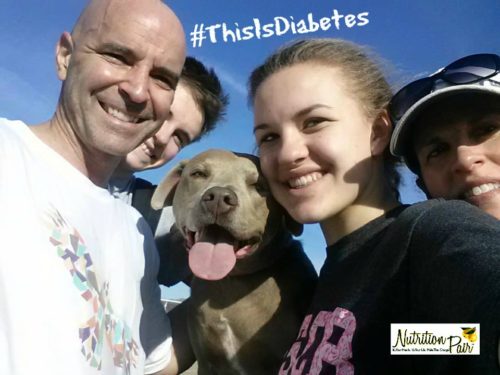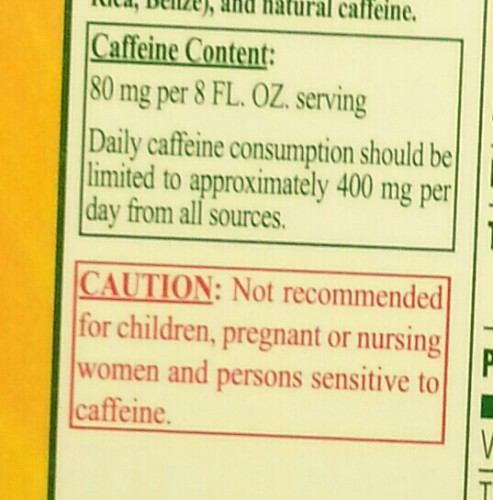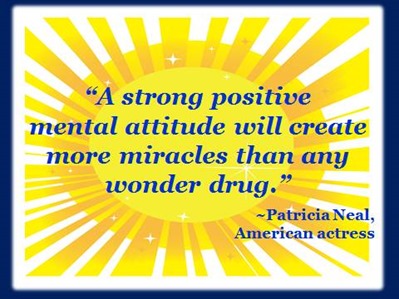
15 Fun Facts about John (as told by his wife, Angie) in honor of Diabetes Awareness Month:
- Besides having B.S. & M.S. degrees in Nutrition, he also has a B.S. degree in Political Science.
- He takes diabetes very seriously. When he was diagnosed with Type 1 Diabetes 28 years ago, he decided to return to college & study Nutrition. He wanted to help as many people as possible.
- He met his wife Angie (also a Dietitian) in Nutrition Assessment class at James Madison University.
- He is the father of two teenagers, Jonathan & Bayleigh. Jonathan (the oldest) is a Freshman at the University of Florida & is studying Sports Journalism.
- He once played the Leader of the Lollypop Guild in The Wizard of Oz. 🍭
- He is a baller! 🏀 He played point guard on his high school basketball team & many years for our local Rec League (just got a call to return! Will he? Stay tuned!).
- He has been in the presence of a Saint (Pope John Paul II in Mile High Stadium).
- His favorite pastime is attending college football games. 🏈
- His second favorite pastime is tailgating!
- He eats 2 apples EVERYDAY. 🍎🍎
- His favorite food is pizza. 🍕
- He exercises each day of the week. This includes running, weight lifting, Angie’s spin class & biking.
- He rides his bike to the office when he can.
- He has 3 alpacas (“V.E.G.” – “Vision, Ella and Giselle”). 🦙🦙🦙
- One Halloween, he dressed up as a cheerleader and cheered for his patients as they were receiving dialysis (encouraging them to take their Phosphate binders!).
And a Bonus Fact!
- He is an awesome cake decorator 🎂 and has even decorated a wedding cake!
It’s Your Health. It’s Your Life. Make That Change!




 m added Caffeine! Not what I was expecting from an Orange Juice. OJ by itself provides you with enough calories in the form of carbohydrate to give you a tremendous amount of energy. Why add caffeine?
m added Caffeine! Not what I was expecting from an Orange Juice. OJ by itself provides you with enough calories in the form of carbohydrate to give you a tremendous amount of energy. Why add caffeine? “100% Orange Juice”. While it is 100% juice, caffeine has still been added and I’ve never seen caffeine in OJ before. And, the last time I checked, caffeine was not a NATURAL ingredient in oranges. We normally buy the HomeMaker brand of orange juice because of the taste, the quality and the cost. However, when seeing their new offering, I was disappointed.
“100% Orange Juice”. While it is 100% juice, caffeine has still been added and I’ve never seen caffeine in OJ before. And, the last time I checked, caffeine was not a NATURAL ingredient in oranges. We normally buy the HomeMaker brand of orange juice because of the taste, the quality and the cost. However, when seeing their new offering, I was disappointed. a child that drinks 12 ounces of OJ at time. What happens there? I was impressed to see that the company did add a warning box, highlighted in red, on the Nutrition Facts side of the box stating that children, pregnant or nursing women, and persons sensitive to caffeine should not drink it.
a child that drinks 12 ounces of OJ at time. What happens there? I was impressed to see that the company did add a warning box, highlighted in red, on the Nutrition Facts side of the box stating that children, pregnant or nursing women, and persons sensitive to caffeine should not drink it.
 But my feelings are that they don’t need to confuse the public by mixing the caffeine added OJ in with the regular versions. One of suggestion was to add a statement indicating that caffeine has been added to the OJ. Maybe a bit more prominent by adding it to the sign on the front of the container, like I did in the photo.
But my feelings are that they don’t need to confuse the public by mixing the caffeine added OJ in with the regular versions. One of suggestion was to add a statement indicating that caffeine has been added to the OJ. Maybe a bit more prominent by adding it to the sign on the front of the container, like I did in the photo. f Diabetes
f Diabetes


